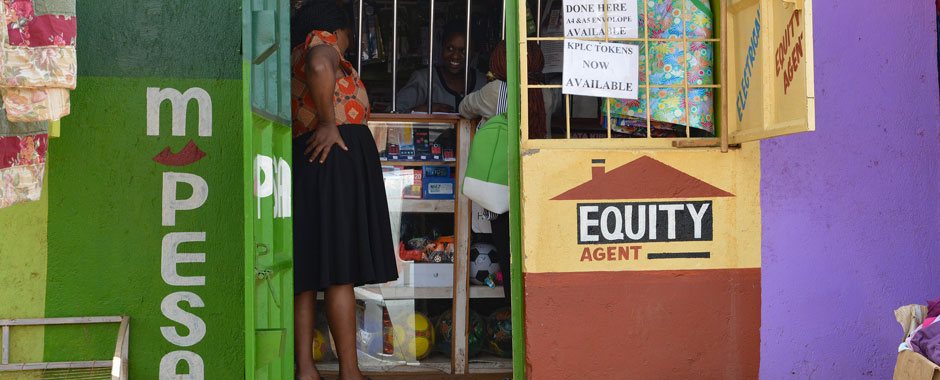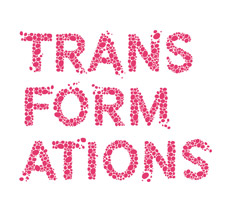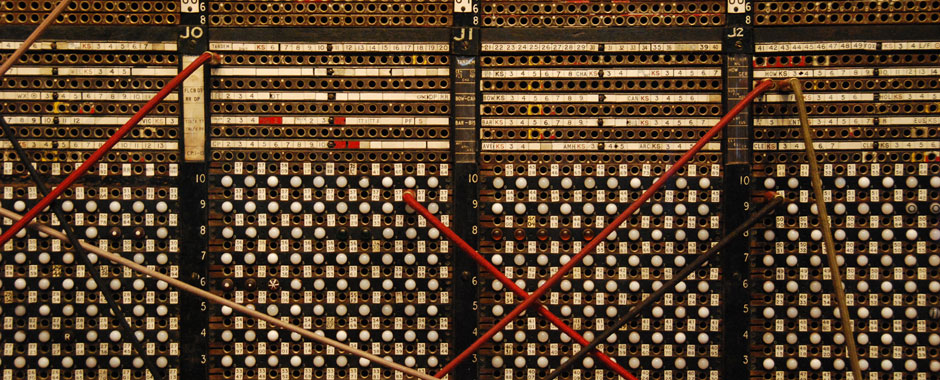by Adrian Smith, Rob Byrne, David Ockwell and Ian Scoones
This is one in a series of four blog posts exploring ideas and case studies on ‘transformations’, drawing on research carried out in 2017 and looking forward to the STEPS Centre’s work in 2018. For background and links to the other posts, read the introduction.
Technology access has been an enduring focus in development. Many of the changes that have made life easier, safer and longer have depended on new technologies being used in different ways by different people. So providing access to these technologies, including for poorer and marginalised people, has long been important for funders and governments.
From new seeds to mobile phones, economists and engineers dedicate themselves to adapting designs, reducing costs, repackaging and redistributing financing; and building up the technical and market capabilities for these technologies to be transferred and absorbed, so they can reach more people who might want or need them.
But behind new inventions and the markets that support them, things are not always as they seem.
When we look more closely, as more sociologically and anthropologically inclined studies of technology do, the devices are found to work because they are part of more complex social and technical relationships. Technology access efforts which are focused on finance, hardware and capabilities risk obscuring these more complex relationships.
So for real sustainability transformations to happen, we need to look not just at access to technology, but people’s relationships with it too.
Invisible threads
What do we mean by accessible relationships? All technologies rely upon the inter-relations between a wide variety of social, economic, political and technical configurations in order for them to work. In fact, you can see humans and technological artefacts not as separate things, but as things which are built through relations with one another.
When a new technology comes along, it always meets existing ways of doing things. It also enters into a world of already-existing social relations: for example, relations of class, gender and identity. But when a technology is introduced, it can also disrupt these relations, opening up opportunities to reconfigure them – for better or worse.
As well as affecting people’s links to each other, technologies link us – sometimes in ways we can’t see – to other places. The local presence of technologies is connected and sustained by the invisible threads of more distant relations. Every technological intervention comes from somewhere. All these relationships have to be maintained and reproduced, whether locally or globally.

Technologies also connect us to the past and the future. Any technology has a social and material history, but it also has a number of potential futures, where emerging relations – say around waste, disposal, environmental impacts, labour conditions – have to be taken into account. A mobile phone in your hand might one day end up recycled, reused or thrown away, with all the costs and harms that this might bring.
So when we look at technology access more closely, this raises questions about the nature and consequences of the relationships the technology is embedded in, and which relationships it embodies and is enabling. As the two examples that follow show, accessible relationships are central to accessible technologies.
local networks, global connections
One accessible technology story, widely celebrated in policy and media circles today, is pay-as-you-go (PAYG) solar electricity in Africa. This is a mobile phone enabled technology, which is a low-cost way to provide off-grid electricity. As STEPS research has identified, the development of both mobile payment systems and solar PV in Kenya in particular has been a story of relationship building, linking technology, business and social development goals. Critically, it was a deep knowledge of existing relationships, in specific contexts where poor and marginalised women and men lacked access to electricity, which underpinned the successful development of these PAYG solar finance models.
The origins of Pay-As-You-Go solar lie in the use of mobile banking systems like M-Pesa and the growing availability and affordability of PV solar home systems. PAYG solar emerged through the intersection of relationships in these two technologies, further brought together through new relations, facilitated by particular initiatives, and supported by public and private sector actors.

These actors understood and mirrored the way people were already used to paying for energy services – that is, in small amounts and without significant upfront cash inputs. Most PAYG solar models work because they cost about the same per week as people previously spent on kerosene (a fuel that’s more dangerous and harmful to health). Relating the new technologies to older practices opened up opportunities for a wider group of people, beyond the middle class who traditionally were the only people who could afford to buy solar home systems upfront.
But who has the agency to help shape and characterise these relationships? Whilst more poor people can afford to rent lanterns, full solar home systems – even with PAYG – are still out of the reach of the poorest. At the ESRC STEPS Centre, we have been developing a critical analysis of the issue of inclusive and exclusive relationships in technology access, and are continuing to work on it with our partners in the Africa Sustainability Hub.
The development of the network of relations around solar PAYG has a surprisingly long history: access is no quick fix. The Global System for Mobile (GSM) communications underpinning the spread of mobile payments in Africa emerged through complex global relationships, including industrial developments between research, technical inputs, standards bodies, and spinning out from the Nordic countries, Europe, North America; but also countless installations, tests and the emergence of mobile communications practices.
Equally PV systems are now more affordable because of mass production of panels and components in China, supported by the Chinese state, but now widely exported to Africa. These two technologies – GSM and solar PV – are now inter-relating in a way that allows rapid transformations in Africa, but they also weave together (as well as disrupt) much more extensive and longer-developing social and technical relationships.
All this raises questions about how relationships along global technology value chains are constructed, who wins and who loses from such connections, and who has access to relation-building moments and processes. What forms of relational agency develop? Who has greater autonomy and power in these networks? Do shop floor workers in factories in China making solar panels benefit from such transformations in Africa? And what about the impacts of environmental discharges at factories and production facilities, not to mention the end of life disposal of solar PV modules and batteries?
Transferring technologies but reinforcing social inequalities
A contrasting example, but also from East Africa, is the case of ‘green revolution’ agricultural technologies. Promoted as the solution to food insecurity, and aiming to draw lessons and experience from Asia and elsewhere, the much-hyped African green revolution has never taken off. Or where it has, this has only been in large-scale commercial enterprises.

A key lesson from this experience is that the relationship building necessary for an accessible socio-technical transformation did not emerge. Such relationships were not central to the planning and design efforts of multiple initiatives from governments, donors and philanthropic foundations. Basic relationships with local ecologies and geographies, food cultures, farming practices and agrarian histories and market relationships were not considered. The efforts to promote a green revolution in Africa relied on assumptions about relations – replicated from elsewhere – that were not engaged with or mobilised.
It turned out that the farmers and producers who were able to make use of such technologies, such as fertilisers, irrigation systems, hybrid seeds and so on, tended to be richer, more powerful and able to link practices and technologies in productive ways. This reinforced an already unequal and stratified agrarian sector. The results were not as transformative for social and environmental relations as they could have been.
The power of relationships
These examples suggest that accessible technologies depend upon accessible relationship-building. From mobile payments to new seeds, relationships are vital – whether along value chains, in local socio-technical networks, and in relation to non-human participants in the networks, including the environment. Not addressing these relationships makes it harder to give access to technology for those who really need it.
For all these relations, you can ask questions about agency, autonomy, power and solidarity. These also apply to the transformations that such relations make possible. But serendipity is important too: relations are made and unmade with the interventions of new elements, and the ensuing realignments can send surprising ripples through wide ranges of relations with unanticipated effects. Sometimes, what starts off as a marginal initiative creates enough relations to be quickly built into mainstream practices, and so connect with a whole set of other relations that change developments radically. This means that policy needs to recognise the social value in keeping open diverse alternatives and the cultured histories involved in relationship building.
So rather than purely focusing on the transfer of the right technology-capability package, transformations to sustainability are just as much about fostering the right kind of relationships. This means following the often invisible threads that link humans and technology, and thinking about how they can be sustained, reshaped and remade.
 Faced with a series of social and environmental stresses and shocks, there are urgent calls for radical, systemic change. But, as past and present experience show, this can take many forms. What does it take to make sustainability transformations emancipatory (caring), rather than repressive (controlling)?
Faced with a series of social and environmental stresses and shocks, there are urgent calls for radical, systemic change. But, as past and present experience show, this can take many forms. What does it take to make sustainability transformations emancipatory (caring), rather than repressive (controlling)?
Find out more about our theme for 2018 on our Transformations theme page.

My argument is technology (at large) in fact promotes inequity. when coupled with market. If you look at the history of capital deployment for technology development and proliferation, you can easily see this point. As Technology is developed and deployed it inevitably breeds inequity. The capital is deployed for that new technology, which will fetch rewards in near future and that inevitably is for the haves. Every entrepreneur wants to ensure that his investments yield returns and that too as quickly as possible. This means new technology is accessible for the richer community first. It might trickle if at all to the poorer community, when it becomes out of date. The divide remains the same …. Moreover the externalized costs of technology are rarely factored in .,,,